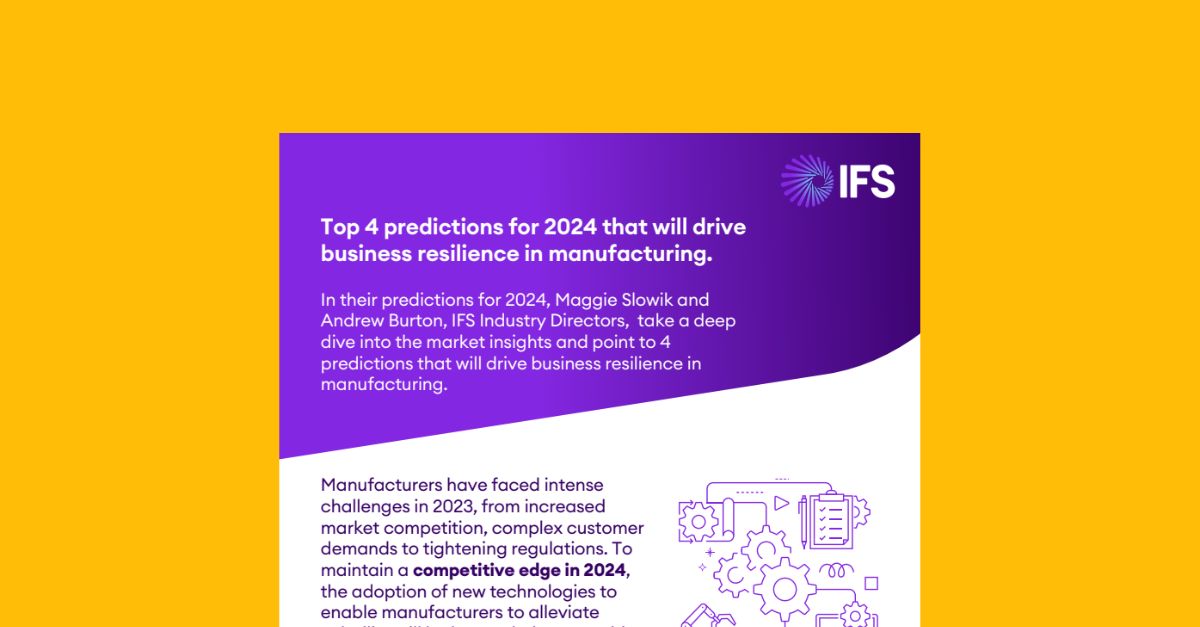Things to Consider When Conducting
Year-End Physical Counts
We’ve looked at ways to improve inventory accuracy for oil and gas projects, such as increasing transaction discipline, labeling items clearly and using the latest technology. Yet inventory control is a constant challenge. There are many parts involved, and each one is important. Tracking each part is critical to rig success.
- Is the inventory counted into a system or logged through a manual workbook or exercise?
Some of the best inventories I’ve seen during year-end physical counts were kept on an internal, shared Excel file. But the worst have also appeared the same way, bogged down by inherent flaws. For example, inventories in Excel files can become disorganized and out of date as people change jobs, move or forget to enter transactions. The system doesn’t matter; instead, the people and the process matter. - What types of inventory tracking systems do you use? Just your ERP? Your workbook? Do you utilize barcoding technologies?
- What is the condition of the storage facility or warehouse? Is it in total disarray or is it neat, clean and in order?
- What is the condition of your inventory?
Make sure you review your on-hand inventory, its cycle time and its condition. The preparation stage is a good time to review everything and see if you can scrap, transfer, aggressively sell or return inventory.
- If your on-hand inventory is not already sorted and organized, will you take care of it before year-end physical counts or will the physical count crew handle this function?
- What was the count like last year? Did you discover a large number of variances?
- Do your employees adjust inventory manually? Have you reviewed them?
Manual adjustments are often the source of many inventory issues. It is good to review system counts to physical stock-on-hand before your year-end counts.
- What is the labor strategy for the year-end physical counts? Internalized labor, externalized labor assistance or third-party?
Understanding the workforce is key. Knowledgeable people who can identify the root cause of internal inventory issues help resolve discrepancies quickly. Look at your staff.
Are Supply Chain and Materials Management professionals conducting your physical count, or are people from different disciplines managing your physical count? Never underestimate product knowledge as a success factor in your physical count.
Lastly, never underestimate the costs and impact to your business. If your inside sales guys are counting, they cannot be selling. If you are paying overtime, but Materials Management professionals are not conducting the count, consider bringing in more staff or a third-party that can meet your needs without causing business interruptions.
- Does business operate as usual during the inventory process or is it conducted during downtimes? Will it be conducted during operational hours, at night or during the weekend?
What will be the costs associated with this exercise? Overtime wages? Travel costs? Any technology needed to speed up the counting process?
Physical counts are always a challenge, but clients expect rigs to have working parts in sufficient supply. Unidentified inventory, inexperienced material coordinators, failure to learn from past errors, and incorrect adjustments are just a few of the common challenges to completing accurate physical counts.
Just deciding what to stock is a challenge. You must consider its application, potential workarounds, price, the impact of failure, supplier, and other factors. Once you determine its criticality, you must then figure out the storage costs. The whole process requires constant evaluation.
Depending on your organization, you might not know or be able to answer some of these questions. However, the most important criteria will be your staff’s knowledge of the materials. While no one person knows all of the materials, having product knowledge and asking the right questions will prevent your business from incurring false inventory swings on your balance sheet.



